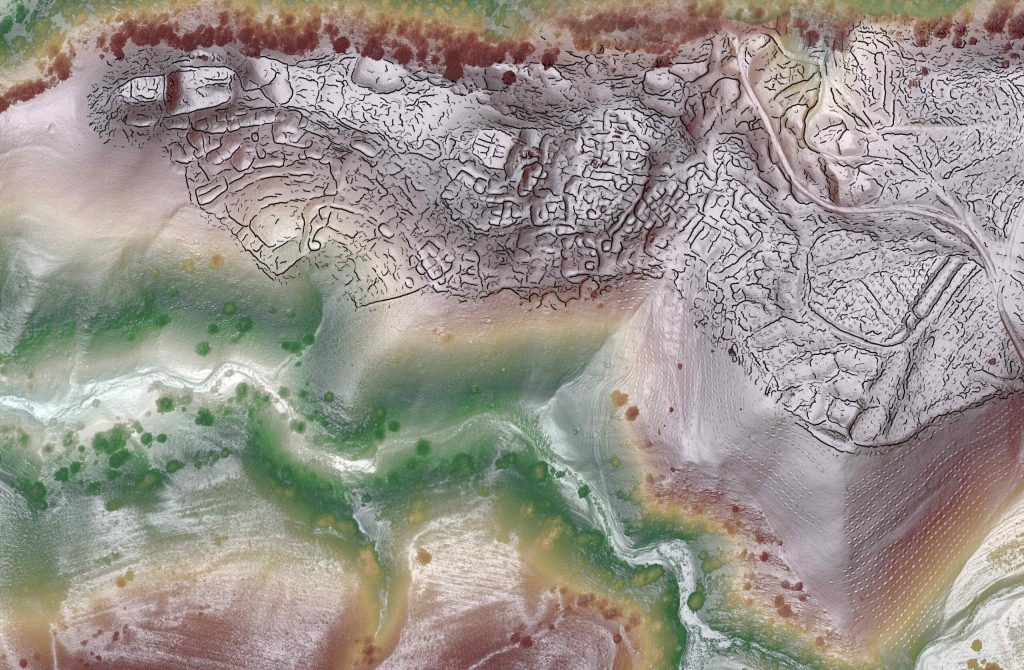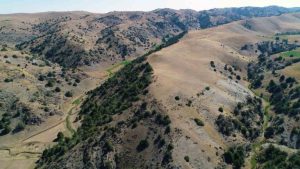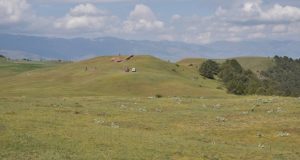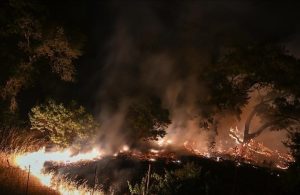Lost Cities of the Silk Road: Unveiling Ancient Treasures in the Highlands of Uzbekistan
3 min read
Lidar-and-crest-lines-Tugunbulak-Copy-Copy-scaled-1.
Archaeologists have just made an incredible discovery in the highlands of Uzbekistan, unearthing two lost cities that reveal new insights into the fabled Silk Road trade route. With the aid of sophisticated laser technology, better known as lidar, researchers uncovered Tugunbulak and Tashbulak-testimonies to how these urban centers were able to flourish high inside mountainous terrain without the use of traditional agriculture.
Secrets the Qarakhanid Empire Kept Best by Itself: The Tugunbulak and Tashbulak date back to the 8th-11th century CE, when the great Turkic Qarakhanid state was relevant. This medieval empire swept across Central Asia, from the Aral Sea to the Taklamakan Desert. Two long-buried settlements were set loose when the first lidar survey on Central Asian terrain was led by archaeologist Michael Frachetti and his team.
LIDAR is the state–of-the-art technology of scanning landscapes from the skies using lasers. It has transformed the way archaeology works, making historical sites visible under thick jungles or overgrown fields. But even these experts had never seen the kind of detail the lidar scans showed from across these open mountain fields.

A Glimpse into Medieval Urban Life
The larger of the two cities, Tugunbulak, covers an area of 120 hectares with over 300 distinct structures. Remnants of watchtowers, stone walls, and a big central fortress testified that this was a well-fortified settlement against and for strategic advantages. Meanwhile, Tashbulak is smaller, featuring 12-15 hectares with a central citadel surrounded by a high density of architecture, similar to other medieval cities of Central Asia.
The two cities were founded in over 6,000 feet above sea level. “Today, less than 10% of the world’s population lives at over that elevation, so the accomplishments of its inhabitants are particularly noteworthy.” Zachary W. Silvia, of Brown University, who was not part of the research stated, “High-altitude urban sites are extremely unusual due to the special problems they create, which makes these discoveries even more remarkable.”.
Life in the Mountains: Rich Without Farming
The Silk Road was less one road than an elaborate network of trade routes that connected East and West in such a way that at different times and places, silk, glass, spices, and other goods could make transcontinental journeys without requiring merchants to fully cross the breadth of three continents. The cities of Samarkand and Bukhara, among others of Central Asia, owed their development to their being oases-cities close by both water and arable land, while these two sites had neither.
Nestled in the highlands of Mal‘guzar, part of the northern Pamir range, these cities were well and truly isolated from level arable farmland. Yet, Tugunbulak, half the size of Samarkand, could have supported up to 5,000 residents. How? The evidence suggests a strong reliance on pastoralism, herding animals and importing food rather than growing it. Artifacts point to a nomadic lifestyle, with many of the residents likely living in yurts outside the city walls.

Excavations also uncovered iron foundries with numerous domed furnaces, testimony to the center of thriving metallurgy. The city‘s craftsmen fashioned arms, tools, and horse gear from local iron veins and traded the precious items for imported goods to help sustain their mountain lifestyle.
The Rise and Fall of Mountain Metropolises
Like most cities along the Silk Road, the fortunes of Tugunbulak and Tashbulak ultimately declined. Shifts in trade routes, changes in local environmental conditions, or geopolitical strife could, within a very short time, cut the lifeblood of commerce upon which they survived. The ruins of these once-thriving centers stand today as silent witnesses to the dynamic history of the region.
Zachary W. Silvia applauses the work of Frachetti and his team: “Their findings offer a profound contribution to our understanding of medieval urbanism in Central Asia, especially the unique phenomenon of dense high-altitude settlements.” Further research is expected to find out even more about the economic and cultural impact these cities had on the broader network of the Silk Roads.
These ancient, hidden cities remind us that the Silk Road was not only a matter of exchanging goods but mixing cultures and the extraordinary human ability to adapt and thrive even in the most challenging environments.





